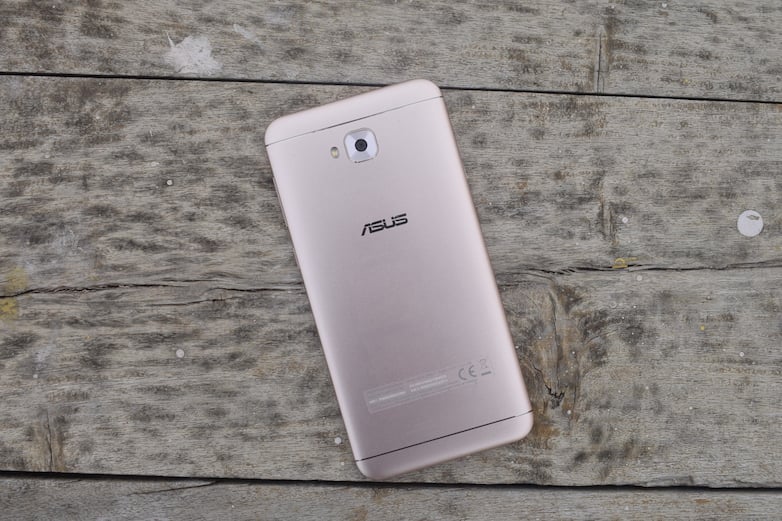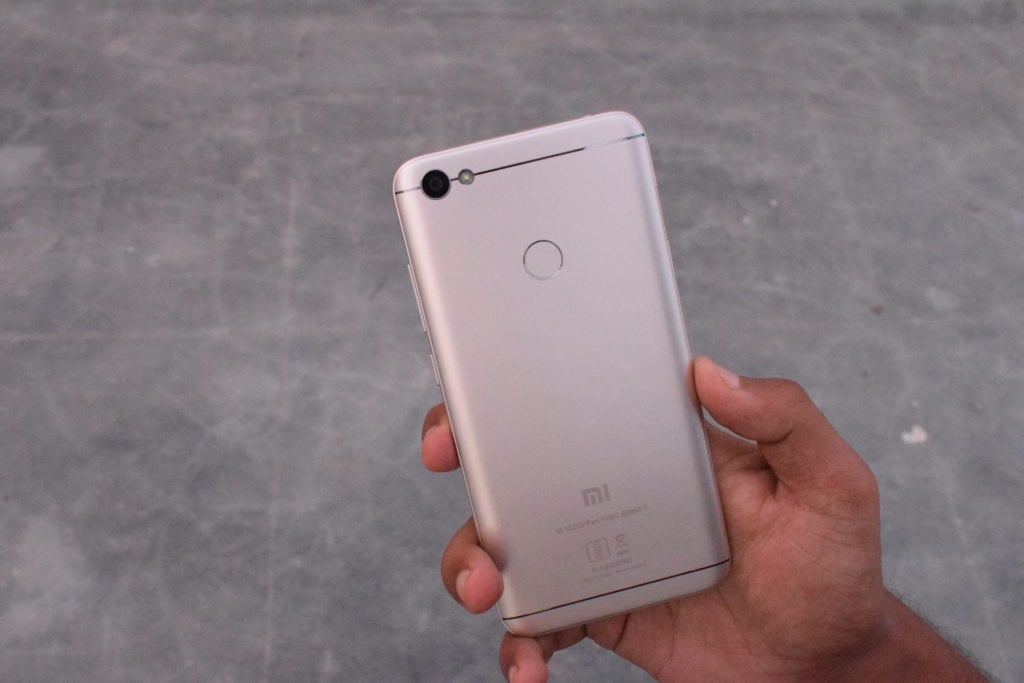Asus has recently introduced its selfie range of smartphones in the Indian market, and the cheapest one of all is the Asus Zenfone 4 Selfie (Review), which is priced at Rs. 9,999. When it launched back in September 2017, it was the best selfie phone under Rs. 10,000. However, things have now changed, and we have a new kid on the block from the reputed brand, Xiaomi.

Xiaomi, last month introduced the Redmi Y1 smartphone in Indian market. Priced at Rs. 8,999, the Redmi Y1 offers excellent specifications and is on the verge of becoming the best selfie smartphone under Rs. 10,000. Which one should choose between the Asus Zenfone 4 Selfie base variant and Xiaomi Redmi Y1?
[youtube https://www.youtube.com/watch?v=bVocQSvdcVU]
Let's speak about the specifications part first.
Asus Zenfone 4 Selfie (ZB553KL) Specifications
The Asus Zenfone 4 Selfie flaunts a 5.5-inch HD display with a resolution of 720 * 1280 pixels. Under the hood, the smartphone has a Qualcomm Snapdragon 430 chipset, coupled with 3GB of RAM and 32GB of internal storage, that can be expanded with a microSD card slot.

Asus has added a 13MP selfie camera on the smartphone, which also accompanied with a Soft-LED flash. The best part is the selfie camera also offers a Portrait mode. At the back of the phone, we have a 13MP rear camera, and surprisingly Asus has added EIS support.
The smartphone rocks a unimetal body and is backed by a 3000mAh battery. It runs Zen UI based on top of Android Nougat out of the box.
Xiaomi Redmi Y1 Specifications
Coming to the Redmi Y1, it also flaunts a 5.5-inch HD screen, but it's powered by the Qualcomm Snapdragon 435 SoC, a slightly faster version of the Snapdragon 430. The Y1 comes in two variants- one with 3GB of RAM and 32GB of internal storage priced at Rs. 8,999, and the other one with 4GB of RAM and 64GB of internal storage priced at Rs. 10,999. Storage in both the variants can be expanded with a microSD card, and thankfully, it's a dedicated microSD card slot and not a hybrid one.

The Redmi Y1 has a 16MP selfie camera with an LED flash, and at the back of the phone, we get a 13MP camera which also has an LED flash support.
The Redmi Y1 features a polycarbonate body, which is disappointing, but it comes with metallic finish which gives a premium feel. This phone is backed by a 3080mAh battery, and boots Android Nougat based MIUI 9 out of the box.
Xiaomi Redmi Y1 vs Asus Zenfone 4 Selfie (ZB553KL)
Now that, we're done with the specifications part. Let's move to the comparison. Both the Asus Zenfone 4 Selfie and Redmi Y1 features similar hardware on paper, but in real life, the performance differs.

In the look and feel department, the Asus Zenfone 4 Selfie is a winner because it has the metal body as opposed to the polycarbonate body on the Redmi Y1. They both feature a fingerprint scanner as well, and they're the fastest ones seen on any budget smartphone.
Coming to the major part of this comparison, the selfie camera. The Redmi Y1 captures better selfies than its competitor, thanks to a better sensor. However, the Zenfone Selfie 4 wins the race when it comes to features. It offers a Portrait mode, Live Beautification mode, and several other modes to tweak the camera experience.
The rear camera performance is also better on the Redmi Y1, but the lack of stabilisation means that the video footage is better on the Zenfone 4 Selfie.

Xiaomi's MIUI 9 doesn't require an extra introduction, and it wins the race against the Zen UI hands down. The Redmi Y1 performs better than the Zenfone 4 Selfie, thanks to the MIUI 9 optimisations and better Snapdragon 435 processor. Battery life is also better on the Redmi Y1.
There you have it, the comparison between the Redmi Y1 and Asus Zenfone 4 Selfie. The Redmi Y1 is a winner in many aspects, but when it comes to look and feel, the Zenfone 4 Selfie has an upper. Also, Asus did an excellent job by adding more features to the camera application. Which one will you choose between the both? Let us know in the comments section below.















